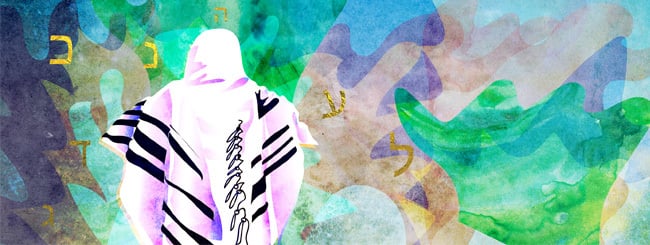
The Story in a Nutshell
The Persian Empire of the 4th century BCE extended over 127 lands, and all the Jews were its subjects. When King Ahasuerus had his wife, Queen Vashti, executed for failing to follow his orders, he arranged a beauty pageant to find a new queen. A Jewish girl, Esther, found favor in his eyes and became the new queen, though she refused to divulge her nationality.
Meanwhile, the Jew-hating Haman was appointed prime minister of the empire. Mordechai, the leader of the Jews (and Esther’s cousin), defied the king’s orders and refused to bow to Haman. Haman was incensed, and he convinced the king to issue a decree ordering the extermination of all the Jews on the 13th of Adar, a date chosen by a lottery Haman made.
Mordechai galvanized all the Jews, convincing them to repent, fast and pray to G‑d. Meanwhile, Esther asked the king and Haman to join her for a feast. At a subsequent feast, Esther revealed to the king her Jewish identity. Haman was hanged, Mordechai was appointed prime minister in his stead, and a new decree was issued, granting the Jews the right to defend themselves against their enemies.
On the 13th of Adar, the Jews mobilized and killed many of their enemies. On the 14th of Adar, they rested and celebrated. In the capital city of Shushan, they took one more day to finish the job.
Why Is It Called Purim?
Purim means “lots” in ancient Persian. The holiday was thus named since Haman had thrown lots to determine when he would carry out his diabolical scheme. You can pronounce this name many ways. In Eastern tradition, it is called poo-REEM. Among Westerners, it is often called PUH-rim.
Purim Observances
Reading of the Megillah (book of Esther), which recounts the story of the Purim miracle. This is done once on the eve of Purim and then again on the following day.
Giving money gifts to at least two poor people.
Sending gifts of two kinds of food to at least one person.
A festive Purim feast, which often includes wine or other intoxicating beverages.
Purim Traditions and Customs
There is a spirit of liveliness and fun on Purim that is unparalleled on the Jewish calendar. If there were ever a day to “let loose” and just be Jewish, this is it!
It is also customary for children (and adults, if they desire) to dress up in costumes.
A traditional Purim food is hamantaschen (or oznay Haman), three-cornered pastries bursting with poppy seeds or another sweet filling.
On the day before Purim (or on the Thursday before, when Purim is on Sunday), it is customary to fast, commemorating Esther’s fasting and praying to G‑d that He save His people.
Giving money gifts to at least two poor people.
Sending gifts of two kinds of food to at least one person.
A festive Purim feast, which often includes wine or other intoxicating beverages.
Purim Traditions and Customs
There is a spirit of liveliness and fun on Purim that is unparalleled on the Jewish calendar. If there were ever a day to “let loose” and just be Jewish, this is it!
It is also customary for children (and adults, if they desire) to dress up in costumes.
A traditional Purim food is hamantaschen (or oznay Haman), three-cornered pastries bursting with poppy seeds or another sweet filling.
On the day before Purim (or on the Thursday before, when Purim is on Sunday), it is customary to fast, commemorating Esther’s fasting and praying to G‑d that He save His people.
The Meaning of Purim
In addition to the miracle of Jewish survival despite the efforts of our enemies, Purim celebrates G‑d’s intimate involvement in every aspect of this world. Even though there were no overt miracles recorded in the Megillah—indeed, His name is not even mentioned once—G‑d was actively “pulling the strings” to care for His nation.
Additionally, Haman’s edict catalyzed a spiritual revival among the Jews. In a sense, this was even more significant than the Covenant at Sinai—an overwhelming spiritual experience that compelled the Jews to accept the Torah—since it occurred of their own volition, even as they were scattered among the Persian people and immersed in their culture. It was in the merit of this spiritual reawakening that G‑d orchestrated their salvation.
Happy Purim!
When Jews meet each other on the joyous holiday of Purim, they greet each other with wishes of “happy Purim.”
In Hebrew, you say “chag Purim sameach” (write it חג פורים שמח and pronounce it KHAG poo-REEM sah-MAY-akh).
Source:
What is Purim from https://www.chabad.org/holidays/purim/article_cdo/aid/645309/jewish/What-Is-Purim.htm accessed June 6, 2022






